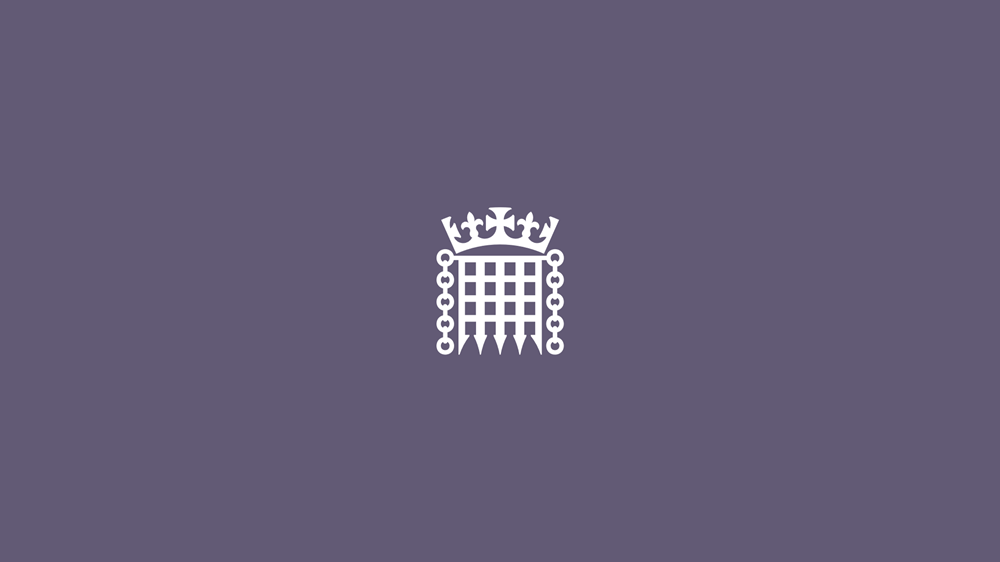English votes for English laws: Speaker's Statement
26 October 2015
Following the debate to approve Standing Orders relating to English votes for English laws on 22 October, Mr Speaker made a statement to the House of Commons on Monday 26 October outlining how the agreed Standing Orders will be implemented.
Speaker's Statement on EVEL implementation
"Before we come to the Urgent Questions I have selected for today, I have a short statement, colleagues, to make about how I intend to implement the Standing Orders agreed by the House on the 22nd of October. For the benefit of those listening beyond this Chamber, this is of course the so-called English Votes for English Laws issue.
"After a Government Bill has been introduced, a note will be published in the appropriate place on the Order Paper to the effect that I have not yet considered it for certification.
"The same process will be followed for statutory instruments requiring consideration. If I sign a certificate, the note on the Order Paper will be changed accordingly. Any certification will also be recorded in the Votes and Proceedings. I do not propose to record a decision not to certify. The absence of any note on the Order Paper will indicate that no certification has been made.
"Before Report stage begins, I will seek to identify, in advance, those changes made in committees, which I expect to certify, together with any Government amendments tabled for Report stage which, if passed, would be likely to lead me to issue a certificate."At the end of Report stages of Bills, where I am required to consider any matter for certification, I would as a matter of course expect a brief suspension of the House so that I or a Deputy can leave the Chair and decide whether to certify. Similar brief suspensions may be necessary at later stages.
"I propose to accept the advice of the Procedure Committee not, as a rule, to give reasons for decisions on certification during this experimental phase of the new regime. Anybody wishing to make representations to me prior to any decision, should send them to the Clerk of Legislation.
"I wish to assure the House that everything is in hand to provide for 'double majority divisions', including deferred divisions."Finally, may I say that, as set out on Thursday, we are in experimental territory and I may, indeed, myself experiment by adjusting these arrangements as the new regime develops.
"Whatever the views of colleagues on their merits, I hope that the House will support me and the officers of the House in trying to give effect to these Standing Orders to the best of our ability."
English votes for English laws: Motion to approve Standing Orders
MPs debated the motion to approve Standing Orders relating to English votes for English laws on Thursday 22 October 2015.
The motion to add new standing orders and change standing orders was agreed on division (Division No. 87 Ayes 312 votes, Noes 270 votes).
- Watch Parliament TV: Motion to approve Standing Orders relating to English votes for English laws
- Read Commons Hansard: Motion to approve Standing Orders relating to English votes for English laws
- Read Votes and Proceedings 22 October 2015, item 6: Standing Orders (Public Business)
- Read current Parliamentary material in Topics: Parliamentary procedure
MPs also voted on amendments (a) (e) and (f) which were negatived on division.
- Amendment (a) (Division No. 84 Ayes 215 votes, Noes 312 votes)
- Amendment (e) (Division No. 85 Ayes 269 votes, Noes 312 votes)
- Amendment (f) (Division No. 86 Ayes 269 votes, Noes 312 votes)
The other amendments selected by the Speaker for debate were not formally moved, and therefore no decision was taken on them.
House of Commons Library analysis
The House of Commons Library produces briefing papers to inform MPs and their staff of key issues. The papers contain factual information and a range of opinions on each subject, and aim to be politically impartial.
The Library has published a briefing paper on English votes for English laws.
Related Information
Select Committee Inquiries
Three select committees announced inquiries into English votes for English laws.
- Procedure Committee (Commons) - Proposed English votes for English laws Standing Orders
- Public Administration and Constitutional Affairs Committee - English Votes for English Laws and the Future of the Union
- Scottish Affairs Committee - English Votes for English Laws
About Standing Orders
Standing Orders are written rules under which Parliament conducts its business. They regulate the way Members behave, Bills are processed and debates are organised.
- Read House of Commons Standing Orders: Public Business
- About Parliament: Rules and traditions of Parliament
About motions and amendments
Find out more about motions, moving a motion and amendments.
Watching proceedings from the public gallery
UK residents and overseas visitors can watch proceedings in the House of Commons by visiting the public gallery.
This article was produced by the Commons Digital Outreach Team. Follow the @HouseofCommons on Twitter for updates on the UK House of Commons Chamber.
